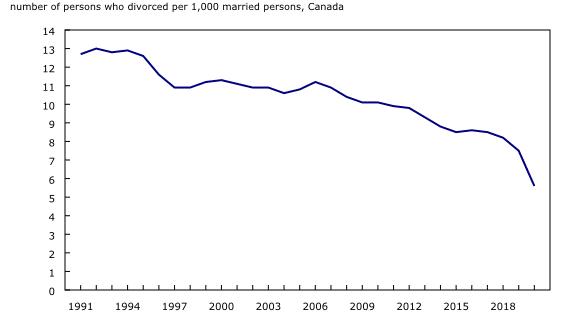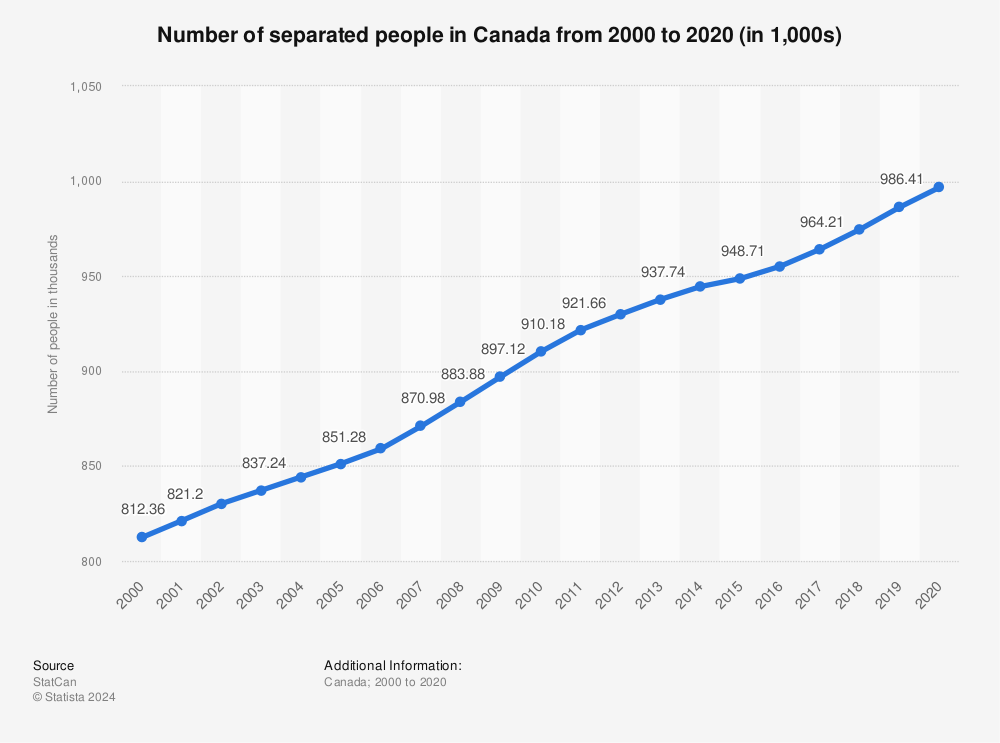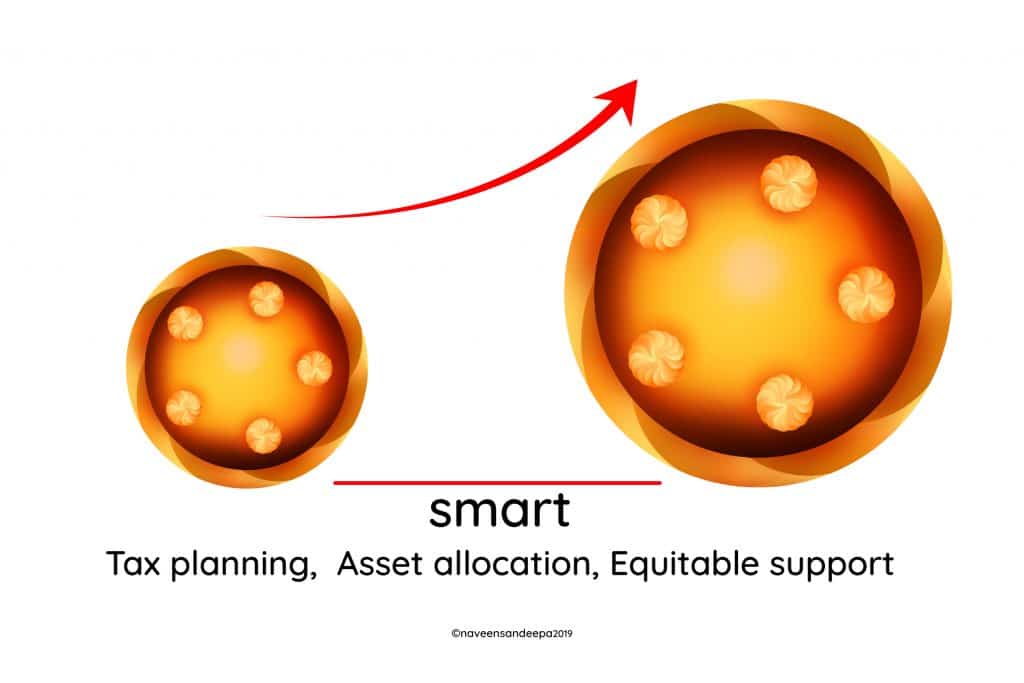Understanding Separation vs. Divorce: Make the Smart Choice

This is a matter of personal preferences. Some spouses’ religious or personal beliefs may forbid them from divorce and so they opt for a legal separation that may allow them to remain married but living separately. Legal separation still allows them some benefits while still married to each other. They can still find time to resolve their issues while looking forward to what the future holds for them. The legal separation still has a good effect on your kids as you both remain married but a divorce can not be undone.
In a legal separation, spouses can move on independently from their marriage without having to go through the divorce process. The legal separation allows spouses to provide health care benefits, social security benefits, tax benefits, and even pension benefits. If you want more information on how the legal separation can impact you, you can contact an experienced lawyer in the field.
If you and your spouse are living apart without being legally separated, then you may merely be separated. This means that your period of living apart may not count towards an eventual divorce. Also, you would still have marital responsibilities towards your spouse during the period of living apart, if you are not legally separated. This can raise serious issues in the event of a divorce, especially if the decision to live apart was not mutual.
There’s no straight answer to this question. Dating while legally separated may lead to complications if you choose to get a divorce. Your spouse could raise claims of adultery on that fact. However, if you and your spouse have agreed that you can see other people while legally separated, this may not be a problem. In either case, it will pay off to seek legal advice before you start seeing other people while legally separated.
Definitely. Even though the law uses the term “separate and apart”, you can live separate and apart under the same roof. Many couples already do this to financially support housing and living costs and their childern. So long as you do not have sex with your spouse or do any of the things that would make a court determine there was no legal separation, you can live together. The Divorce Act also allows couples to resume cohabitation for the purposes of reconciliation without interrupting their legal separation. The cohabitation must not span more than 90 days though.
At its most basic, legal separation does not cost you or your spouse anything. There is no legal process involved in deciding to legally separate. You and your spouse can do this on your own. However, drafting a legal settlement agreement will cost you some money. Professionals such as lawyers and divorce mediators can help you draft the agreement, although they may charge differently.
What about filing for separation in Ontario? There is no need or requirement to file for separation, nor do you for apply for separation meaning there are no court forms to fill out, however you can file your written agreement with the courts if you want, but that is not necessary.
The main difference between being divorced and legally separated is that divorce legally ends the marriage, while separation allows the couple to remain legally married but live apart.
Yes, in Canada, ‘separated’ is a legal marital status. It requires the couple to live separately for at least one year before they can file for divorce.
Separation can be beneficial for a marriage as it provides space for personal growth and reevaluation of the relationship. It can serve as a period of reflection and sometimes leads to reconciliation.
In Canada, separation occurs when a married couple decides to live apart while remaining legally married. It serves as a legal marital status after living separate lives for at least one year.
No, divorce is not the only option. Many couples consider legal separation before making the final decision to divorce. Separation can be a stepping stone or an alternative to divorce.
Whether it’s better to separate or divorce depends on various factors, including emotional readiness, financial implications, and the potential for reconciliation. Separation allows you time to think, whereas divorce is a final legal action.
Divorce Self-Filer
Our Naked Divorce Self-Filer offers a time-saving and cost-effective solution for your divorce process. Check if your situation qualifies for this streamlined approach
Ken Maynard CDFA, Acc.FM
I assist intelligent and successful couples in crafting rapid, custom separation agreements that pave the way for a smooth transition towards a secure future. This efficient process is achieved in about four meetings, effectively sidestepping the excessive conflicts, confusion, and costs commonly linked to legal proceedings. Clients have the flexibility to collaborate with me either via video conference or in-person through a DTSW associate at any of our six Greater Toronto mediation centers, located in Aurora, Barrie, North York, Vaughan, Mississauga, and Scarborough.
Have a few questions - Tap here to Schedule a Get Acquainted Call



















































